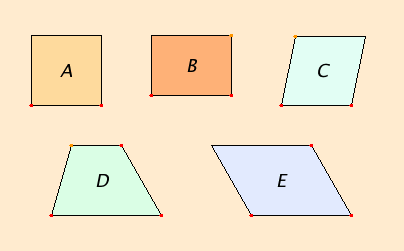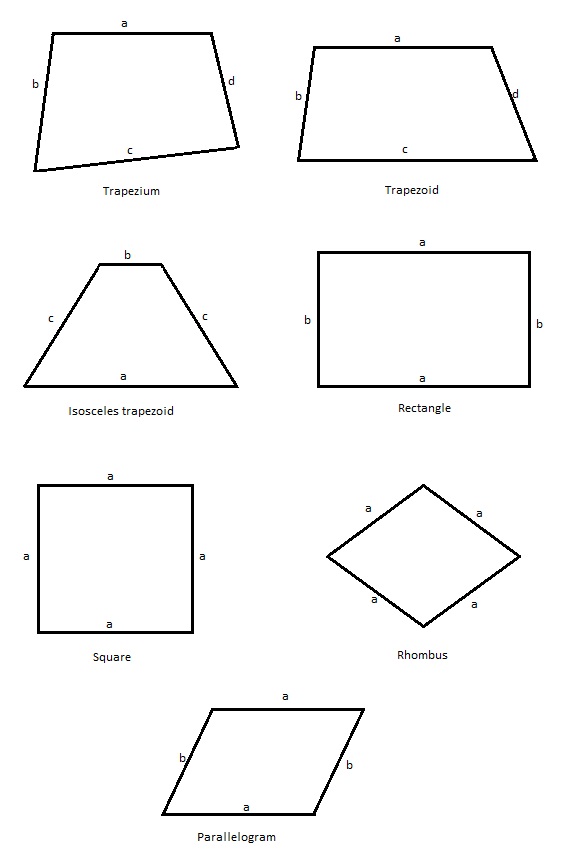Which one is the rectangle?
It's the sort of question that you'll hear in lots of classrooms. The purpose of the question is to assess pupils' knowledge. There are problems with this kind of question. The structure of the question implies that you expect one correct answer. Responses will either be in line with what you expect ("correct") or conflict with what you expect ("wrong" or "interesting"). Pupils either will know or won't know the answer, or in this case either will know or won't know the answer that you're expecting. With closed questions like this it will often be a case of guessing the answer that the teacher is looking for.
Worksheets are part of the problem. They close options, they narrow understanding, they invite a uniform response.
Ask an open-ended question instead.
Ask
What are the properties of these shapes?
What are the common features of these shapes?
How could you describe this shape using mathematical language?
If you were using a Venn diagram to sort these shapes, what headings would you use for each of the sets?
This isn't just about shapes but shapes do provide a straightforward way of making the point.
So back to the opening question: Which one is the rectangle?
The problem with the question is that both A and B are rectangles - there isn't one, there are two. A square is a rectangle (a quadrilateral with 2 pairs of parallel sides and 4 right angles). Incidentally, a square is also a rhombus (a quadrilateral with 2 pairs of parallel sides and 4 sides of equal length) and a parallelogram (a quadrilateral with 2 pairs of parallel sides).




No comments:
Post a Comment